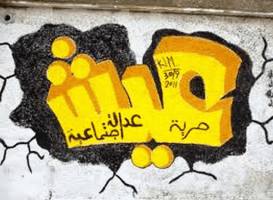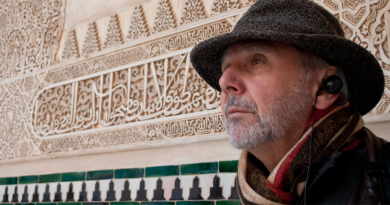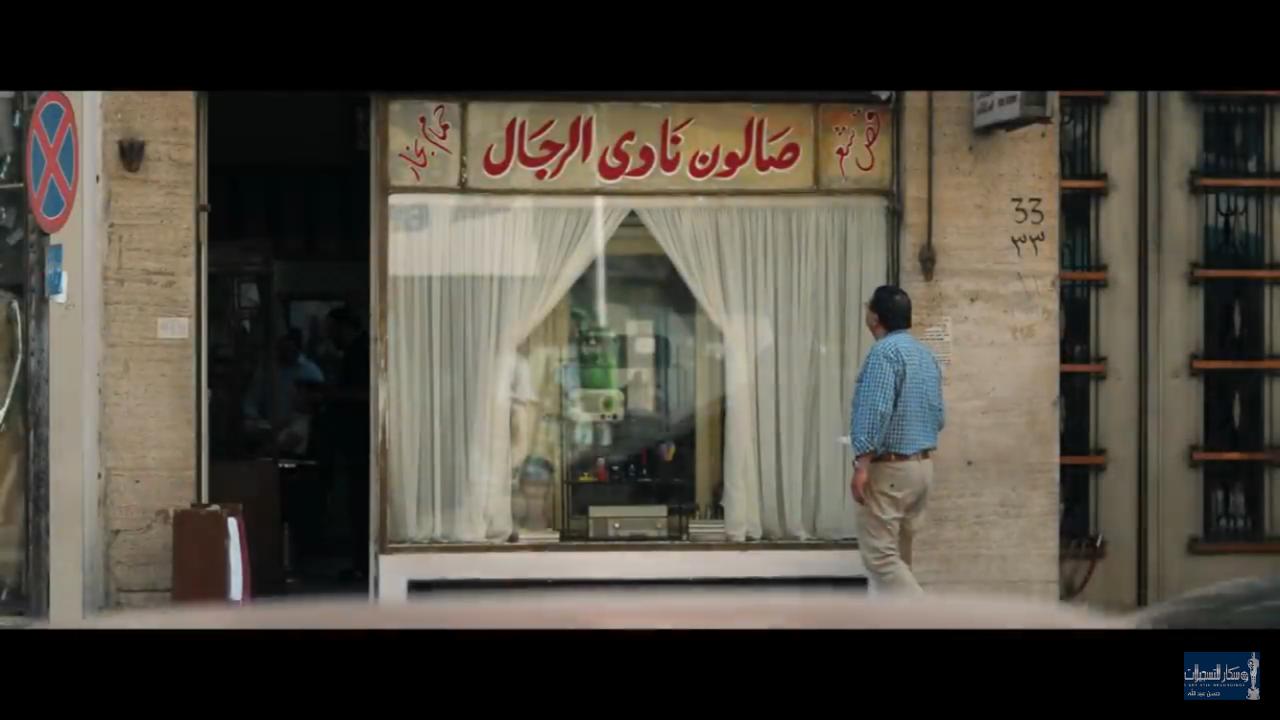A Revolution in a Spray Can
 BY MARIAM AHMED
BY MARIAM AHMED
Ever since the January 25 Revolution, there has been an increasing intensity in the display of street art throughout the country.
A graffiti drawing of ousted president Mohamed Morsi depicting his picture with a red line by his side is an example of how people may interpret art differently depending on their beliefs.
“Personally, I took this red line as a sign of war and refusal; a warning that if Morsi doesn’t leave, the citizens of Cairo will declare war,” said Nora Hassan, a political science graduate.
On the other hand, Nourhan Amr, an undergraduate at AUC perceived the drawing differently.
“The red line symbolizes harmony. It’s an indirect message that portrays support and love, which is why it is in red,” said Amr.
Just because they interpreted the graffiti differently, does not mean that either one of them saw it the wrong way; it merely shows that people can subconsciously view a piece of art in a certain way because of their beliefs.
Egypt has been going through political unrest ever since the events of Jan. 25 that brought down former President Hosni Mobarak.
Last June, the country witnessed another wave of unrest starting June 30, ending President Morsi’s four-year term after one year in office.
Ever since, the expressive nature of the street art around Egypt has become more descriptive and to the point.
Because of Cairo’s political turmoil, art could be seen as becoming very provocative, stirring conflicts between citizens as their perspectives vary. Many artists paint defensive slogans, using Morsi stencils, military slogans, as well as words referring to fallen martyrs’ names or political figures.
After Morsi’s ouster on July 3, the Muslim Brotherhood viewed it as a coup, while many others defended the uprising and the military’s decision to intervene.
The centers of many demonstrations and celebrations are Tahrir square, and Ittihadeya, the Presidency palace. Walking around in those areas, you could feel the happiness and the pain.
You are surrounded by art illustrating all that has happened; or instance a beautiful painting of a lady carrying her son peacefully, with the Egyptian flag covered around her, or another painting of a victim that was shot during the protests.
Amr Nazeer, a graffiti artist who graduated with a Degree in English Business form Cairo University, believes that street art is more of activisim than actual art. This is expressing oneself and sending out a political message during the changes that the country is going through.
Nazeer added, “we are still in a revolution, and public space cannot be restricted.” Before the 2011 Revolution, street art was not allowed, but now it is a new way to grab people’s attention.
Art and hence the artist have become so involved with the political scene of Egypt that it has become nearly impossible for them to keep up with every detail that happens.
On the other hand, many citizens and even prominent figures find graffiti to be disturbing and unacceptable.
They refused to accept that it is a way of expressing one’s emotions, as it was very uncommon in Egypt until 2011.
Maram Mohamed, an Economics student at AUC, shared her opinion about street art, and why it disturbs her.
“I see it as vandalization,” said Mohamed, adding, “it would help everyone if these artists had a specific area where they could share their art.”



